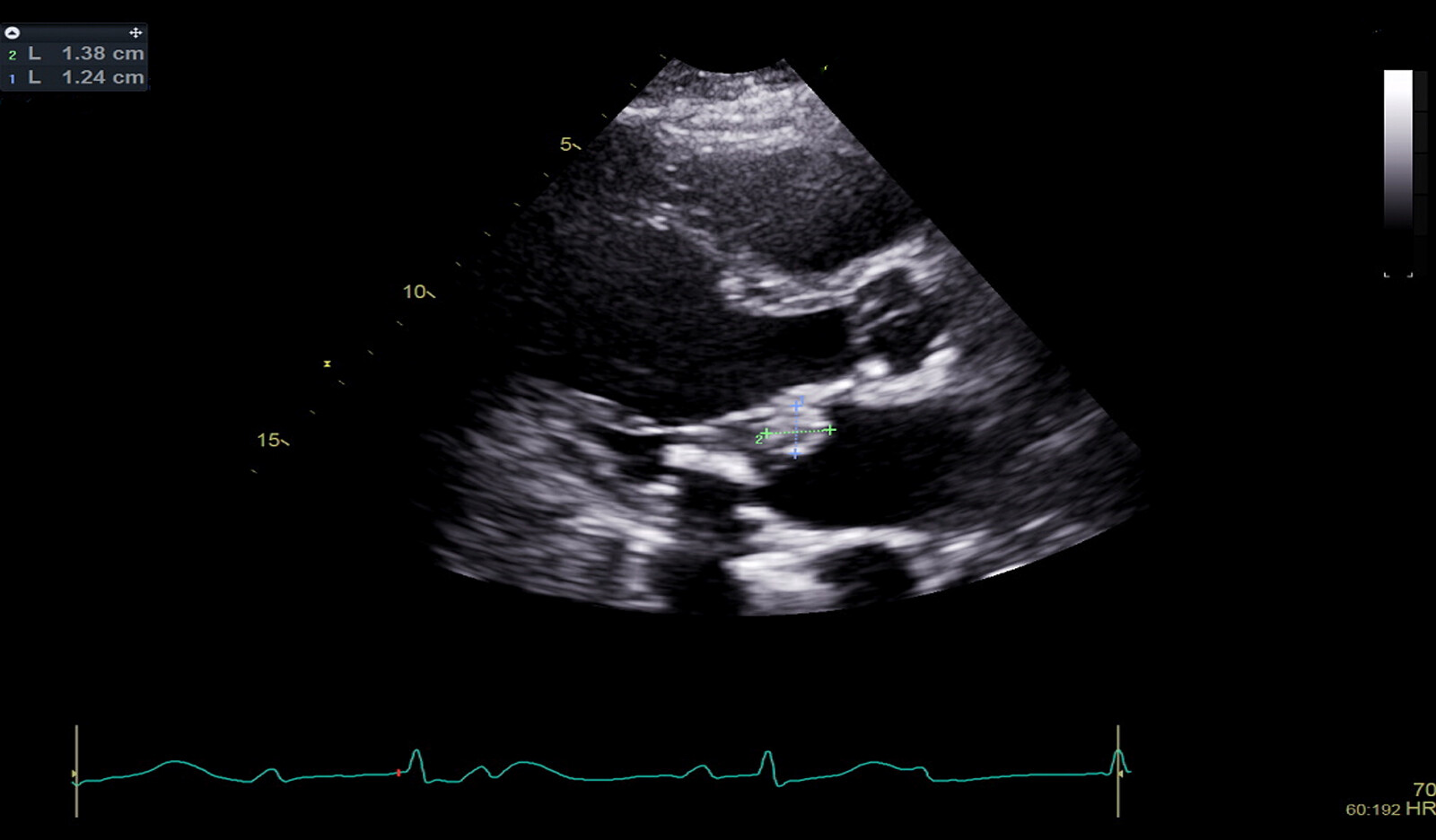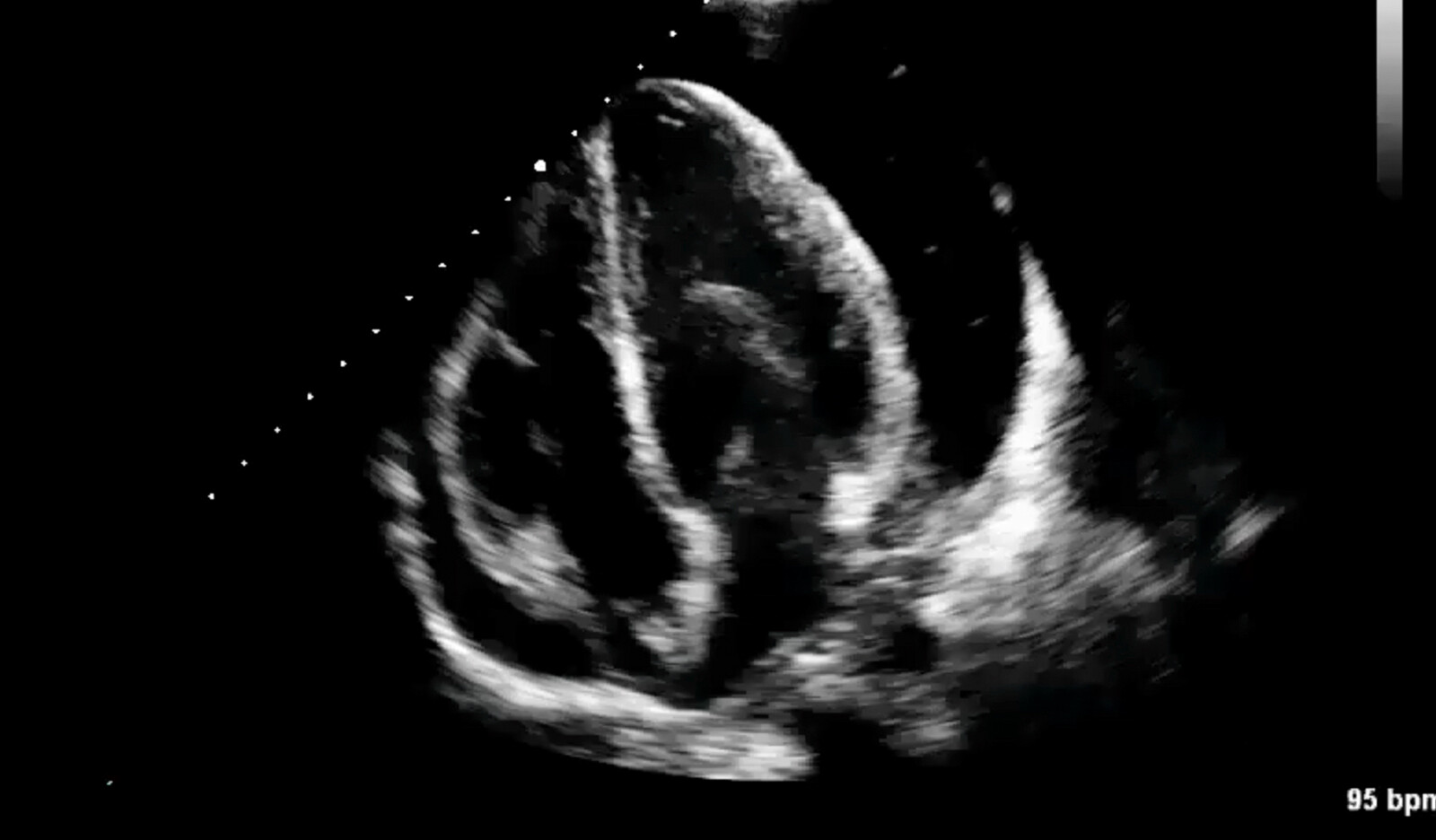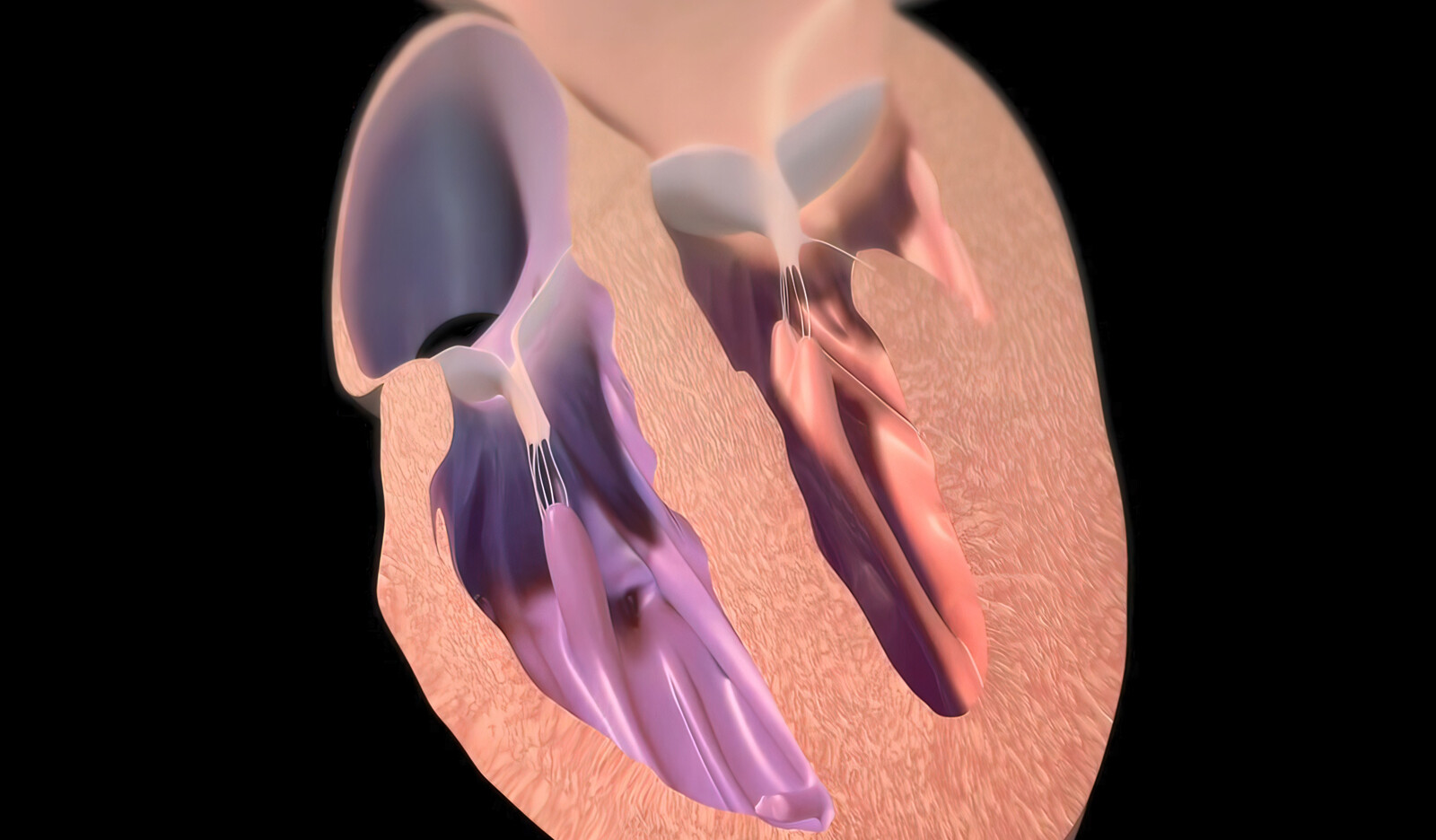CLINICAL INVESTIGATIONS • Passive Leg Raise Stress Echocardiography in Severe Paradoxical Low-Flow, Low-Gradient Aortic Stenosis
Management of aortic stenosis (AS) – the most common valvular heart disease in Europe and North America – is done by catheter intervention or surgery; in severe symptomatic AS, valve replacement is the treatment of choice. Diagnosis of severe AS, which is defined as an aortic valve area (AVA) �...
 English
English
 Español
Español 









